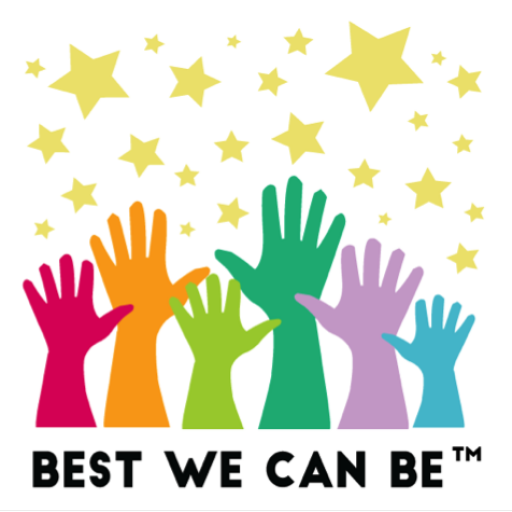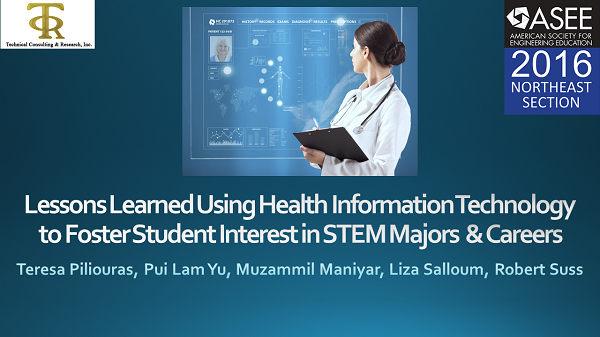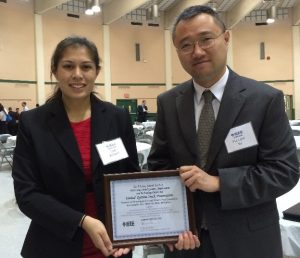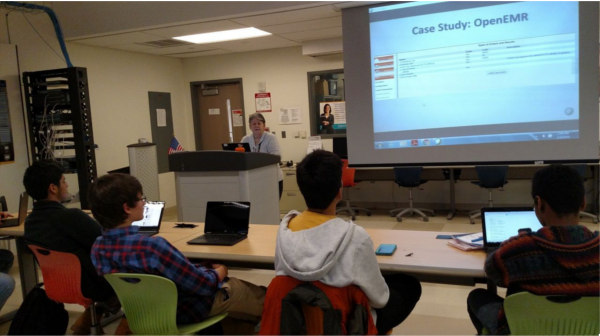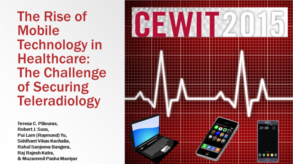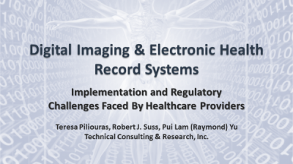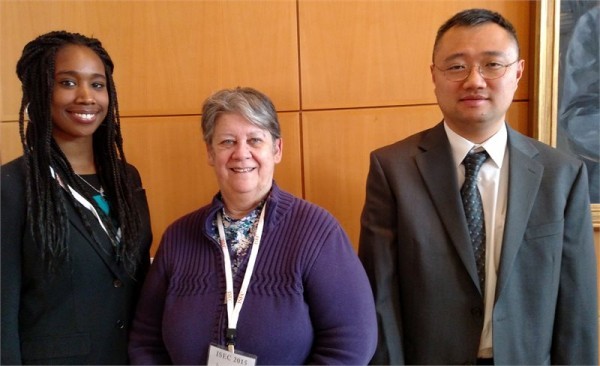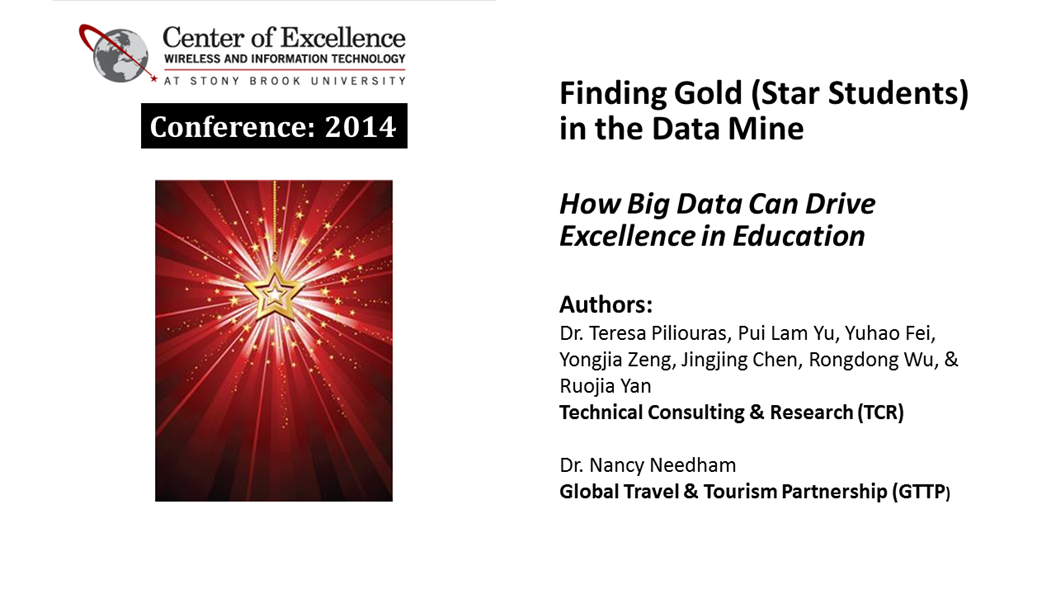American Society of Engineering Education Northeast 2016
TCR’s Center for Advanced Research on Educational Assessment Technologies presented an invited paper on “Lessons Learned Using Health Information Technology to Foster Student Interest in STEM Majors and Careers”
Abstract– In this paper, the authors describe their efforts to create a high school/post-secondary extracurricular program to encourage students to pursue STEM (Science, Technology, Engineering, and Mathematics) studies and careers. The program, Best We Can Be, uses Health Information Technology (HIT) as a foundation from which students can explore diverse topics and interdisciplinary connections. It gives students opportunities to participate in collaborative team efforts. Specific topics are selected based on input from subject matter experts, suggestions from the students’ teachers, and self-reported student interests. Best We Can Be sharpens the focus of students’ view of their opportunities. The oft-given advice, “Just follow your passion!” does not help students make optimal, rational college and career choices. Students are often unaware of their options and lack the skills to capitalize on them. Best We Can Be uses an online data collection platform to examine the feasibility and usefulness of different criteria to measure student needs and best teaching practices.
Calls for educational reform and revolutionary approaches to teaching STEM have been ongoing for decades. Recently, this has translated into action—as reflected in the explosion of new STEM programs within and outside traditional school structures. The need for effective programs that engage students in STEM learning is clear and urgent. However, as more programs are developed, we see increased competition for funds and students’ attention. Better yardsticks are needed to enable informed choices. Evaluating program impacts and quality requires universal metrics and data collection that enable a consistent and holistic perspective. Ultimately, evaluation and assessment of STEM teaching programs contributes to greater understanding of the complexities and interdependences found in educational settings. This understanding is indispensable to creating a workforce with the requisite STEM skills needed to succeed in today’s society.
This paper is available in its entirety on IEEE Xplore.
